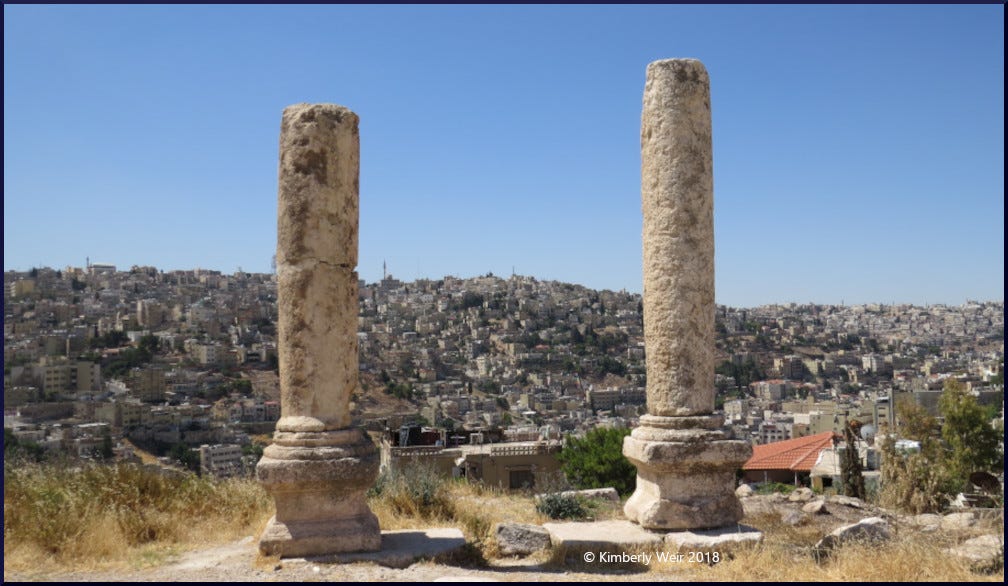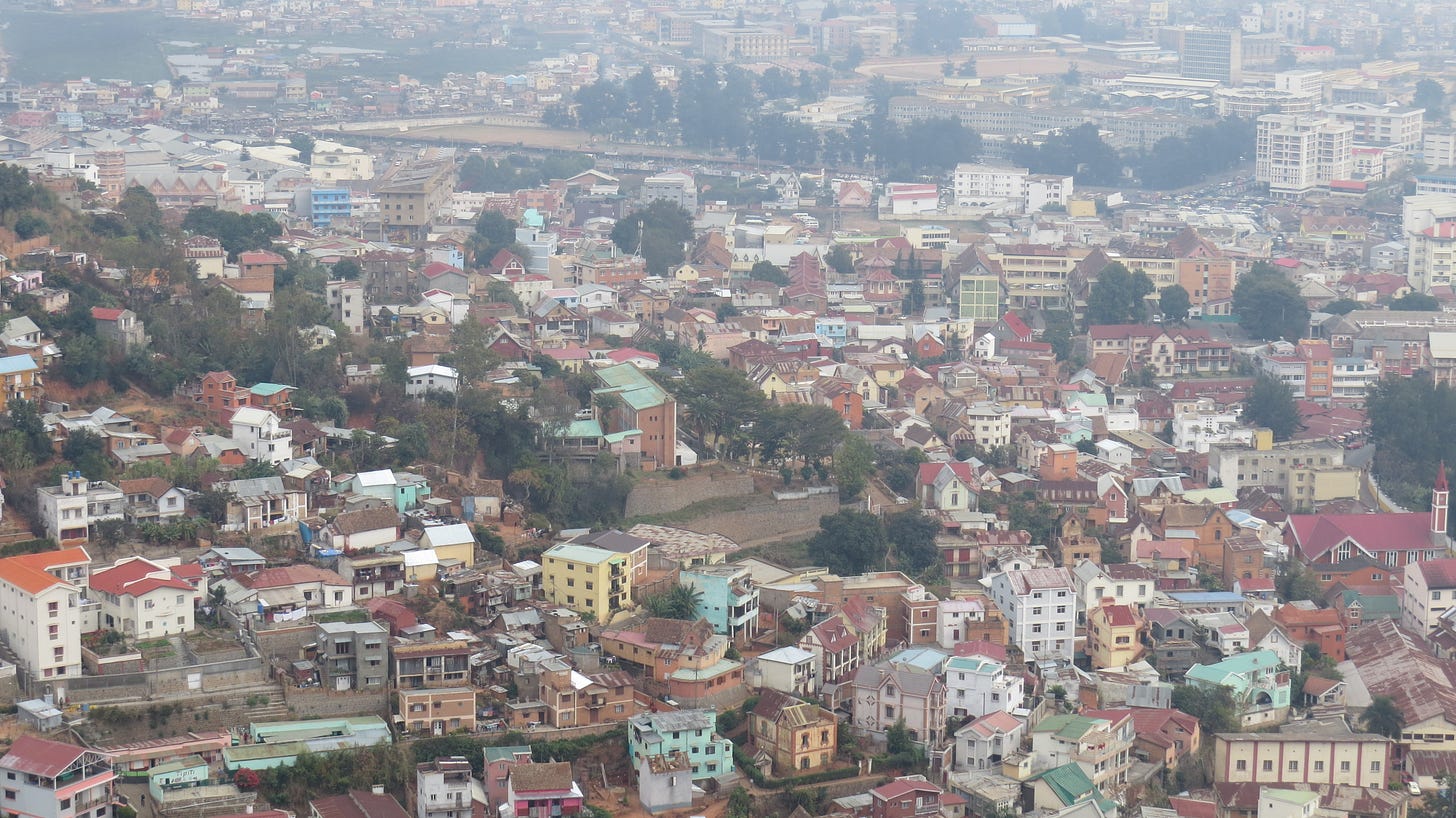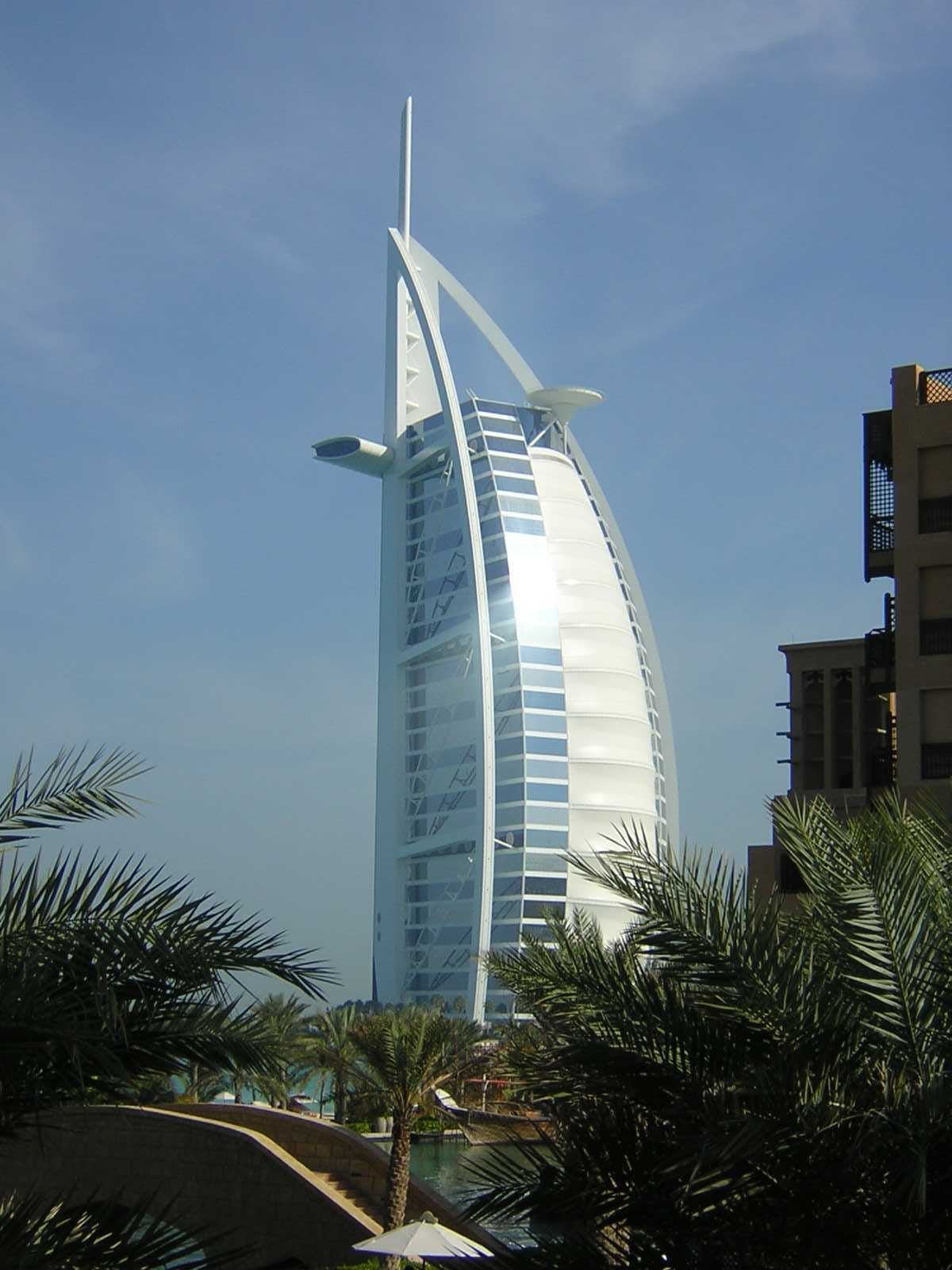Sustainable Cities
Sustainable Cities (Episode 8 for our Sustainable Planet podcast) was inspired by a fascinating article about how Amman, Jordan faces critical water shortages, yet could considerably improve its situation by capturing rainfall. Having visited the city, though I noticed the stark infrastructural differences between the new and old neighborhoods, I hadn’t thought about green spaces. Looking back at my photos, I realized there were very few trees visible in my shots.
Thinking about water system management led me to do some country and city comparisons. Considering my background in political economy, coupled with having visited all of these countries except Nigeria, I wasn’t surprised by what I found. Finding it easier to see data rather than follow a series of numbers someone’s listing off, I thought I’d share my findings and a few points worth elaboration that I didn’t have time to get to in the podcast.
Economic Differences
This chart shows why Global North countries are considered developed: Just because the total wealth of a country (GDP) is high, doesn’t necessarily mean that a country has a developed standard of living, as indicated by the average income per person (GDP per capita, as measured in Purchasing Power Parity, or buying power).
The U.S., the Netherlands, and the U.K. have both, while China is considered an Emerging Economy (EE; a.k.a. Emerging Market, which is also in the Global South, but on the higher end of development). Despite GDP growth that’s soon set to overtake that of the U.S. (and likely far outstrip it), the average standard of living is far lower than that in GN countries, with people living on about $10 a day.
Yet, EEs fare much better than the people in Nigeria, Jordan, and Madagascar who live on far less than those in EEs. Indeed, most countries in the world fall into the developing Global South category, with only 32 of the 164 countries qualifying as EEs. Note that Jordanians earn about half of Chinese workers, while Nigerians are at 25 percent and the Malagasy are, sadly, quite poor.
Economic Comparison
Rapid Urbanization
Living in a city that is considered one of the greenest in the U.S., boasting almost 68,000 square feet of green space per person (yes, that is correct!), and a city forest 300 yards from my driveway, affords me a lot of sustainability benefits that those in developing countries don’t have. In addition to an aesthetically more pleasing place to live with more recreation opportunities, the air quality is exceptional. We have comparatively cooler temperatures than cities without these trees. The groundwater supply is much more likely to be replenished, and there is less soil erosion.
For cities implementing sustainability plans, these factors are crucial. Yet, especially for developing countries, imagine the uphill battles urban planners face with an upward trend of more people converging on their already over-crowded cities. Finding areas to free up for more green space competes with the need for housing and commercial property development.
When it comes to funding sources, GN cities have a greater chance of drawing in more investment or even tapping into local resources—more economically secure people who can afford to be politically engaged, volunteer their time, and donate money. As EE citizens’ economic security increases, they move in a similar direction and are more likely to see investment money. But the overwhelming majority of people in the rest of the world rely on funding from the UN, the World Bank, and NGO development projects.
This chart highlights the fact that cities—even in the GN—struggle to provide sufficient green space while accommodating growing populations. But stable economies are less prone to the rapid urbanization that occurs in the GS. GN countries have more urban areas offering formal sector jobs and a variety of opportunities. Conversely, GS countries have far fewer major urban areas per capita, and thus a much larger rural population dependent on producing primary goods (i.e., raw materials). This informal sector work doesn’t provide a steady or viable income, so people migrate to cities with the hope of finding a steady income.
New York City has a lot to offer, but green space isn’t abundant. Comparatively, Rotterdam offers a much better quality of life. Even London looks lush compared to Beijing at a mere 67 sq.ft. per person, dwindling 2% annually as people flood in, looking for work. That Lagos’s population is growing at twice the rate of Beijing—with 15 percent less green space—is outright depressing. Whether living in Antananarivo or Lagos is more challenging is difficult to compare, given the lack of data for Madagascar. For Amman, though it lacks green space, population growth and GDP per capita offer a better chance of sustainably improving the city.
Green Living Spaces
Smart Cities
Visiting the United Arab Emirates was quite an experience. Though struck by the architectural feat of Burj Khalifa, a ski resort in the desert, and the concentration of construction cranes, the demographic composition was most intriguing. To maintain a high standard of living for the native population, the country has very strict immigration and property ownership laws. Immigrants on work visas provide much of the service industry labor and fall into distinct sectors: Indians were tour guides; Thais worked in restaurants; Yemenis drove taxis; Filipinos were nannies; and so on. (For more info, check out this article.)
Thanks to its petroleum resources and choice of political alignment with the West, the U.A.E. has been much more successful in its development than many of its neighboring Arab countries. Its ability to pursue sustainable cities isn’t just a pipe dream—and good thing, because global climate conditions threaten more erosion, higher temperatures, and fewer water supplies. Planners in the biggest emirates, Dubai and Abu Dhabi, have designed Smart Cities in the desert from the ground up, both out of necessity and because they realized the potential gain of minting replicable sustainable city technology. In addition to foresight, they also had petrodollars to pursue these projects.
While impressive in its accomplishments of Dubai Internet and Media Cities (2000) and (Abu Dhabi) Masdar City (2008), Cyberjaya, Malaysia is considered the first city to be built with a sustainability objective. The tech-y part of its name is appropriate, considering the intention was to create a tech hub, but with an intentional investment in social and environmental infrastructure. Of course, not every country or city has the space to create a city from scratch, but urban planners have found creative ways to up their sustainability game. Seoul, S.K., for instance, created Songdo on land reclaimed from the sea, while tiny Malta repurposed an industrial park. Indeed, we could have dedicated an entire episode to Smart Cities. As more places adopt this formula, perhaps we’ll revisit this topic.
Check out the podcast at SpongeBob in China? Creating Sustainable Cities








